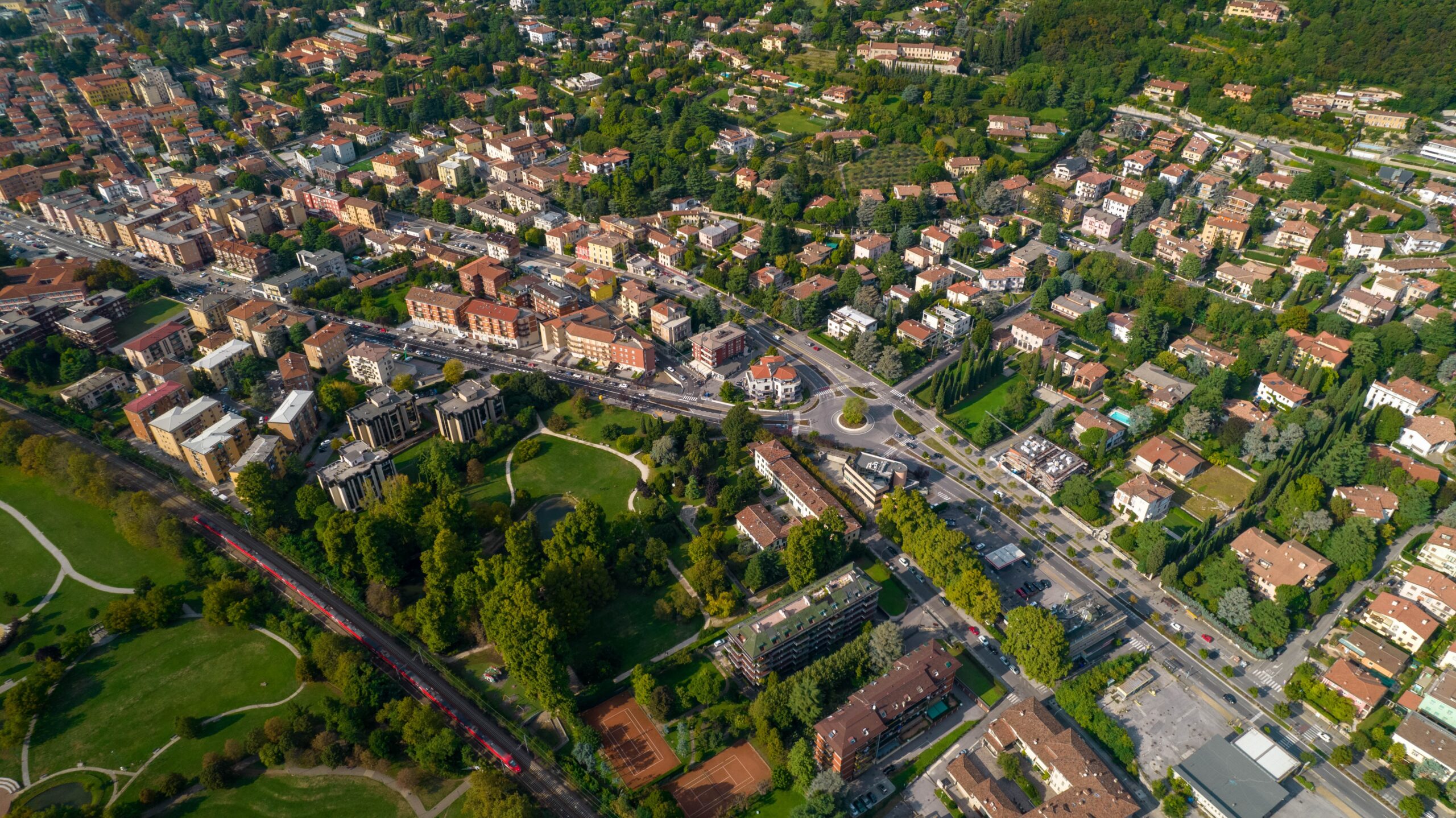How can GEVI minimise the problem of discontinuity of renewable sources in urban areas?
Find out with us!
vol. 6
24 November 2022
URBAN WIND OPPORTUNITIES
By Edoardo Simonelli, Eleonora Cacchio
Until today, it has not been possible nor economically feasible to exploit wind power in urban areas. This is for several reasons, first and foremost the large variability of wind intensity and direction in these sites, which poses serious difficulties in installing and operating traditional horizontal axis wind turbines (HAWT). Conversely, the vertical axis counterpart (VAWT) has never been cost-effective because of its poor efficiency and reliability.
For this reason, the installation of photovoltaic systems is the standard solution applied in urban areas to produce renewable energy. However, photovoltaic systems require large, expensive, and polluting energy storage systems such as batteries to cover the energy needs at night and during rainy days.
Moreover, in winter, PV systems are almost completely useless given the conjunction of the high heating power needed and the lack of sunlight, which is in turn the root cause of the need for heating. This makes standalone solar & storage systems intrinsically inadequate to meet the energy needs of human activities.
GEVI is developing a vertical axis wind turbine with active pitch adaptation controlled by A.I., implementing a mature and game changing technology. This will make a difference in the micro wind market and mitigate the problem of renewable discontinuity through a new distributed generation paradigm.
The turbines can be installed on rooftops of both residential and industrial buildings, taking advantage of all the different types of wind while learning from the wind patterns encountered on the installation site.
GEVI’s turbines are best suited for this kind of application for the following key numbers:
- noise < 45 dB at 10m: the produced noise blends with the wind;
- 2.3x more energy density than solar arrays (at 5.5 m/s average wind);
- 40% turbine price reduction when multiple turbines are installed close together: AI allows a real-time wind data exchange between multiple nearby GEVI’s turbines, to maximize energy production.
Moreover, GEVI’s turbine architecture allows strong savings in installation costs and extended operational life, thanks to the integrated storm safety module and load management system. A custom dashboard displaying up-to-date data on the amount of energy produced, wind conditions, and turbine operation will help monitoring and maintenance operation.
In the end, it is easy and extremely convenient to share subsystems and batteries with photovoltaic arrays to reach the goal of building or renovating Zero Energy Buildings (ZEB), giving the great advantage of making customers independent from fluctuating energy and fuel prices.



